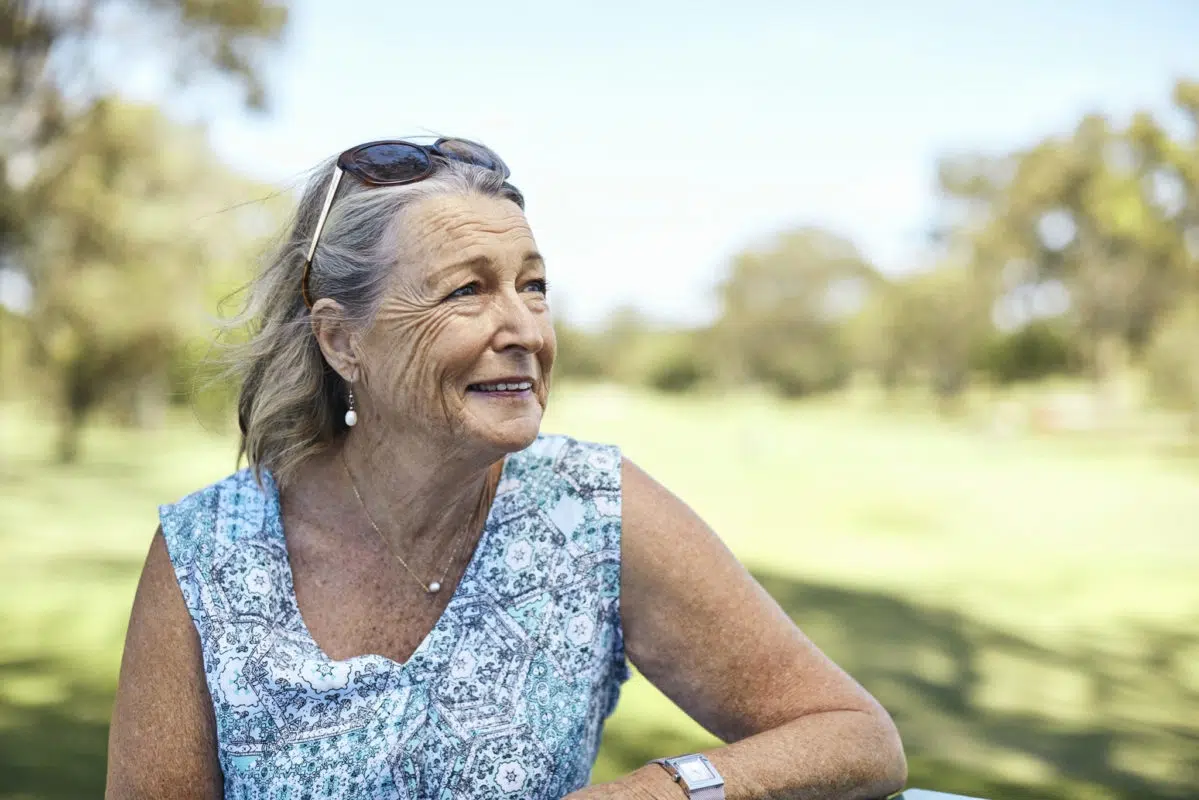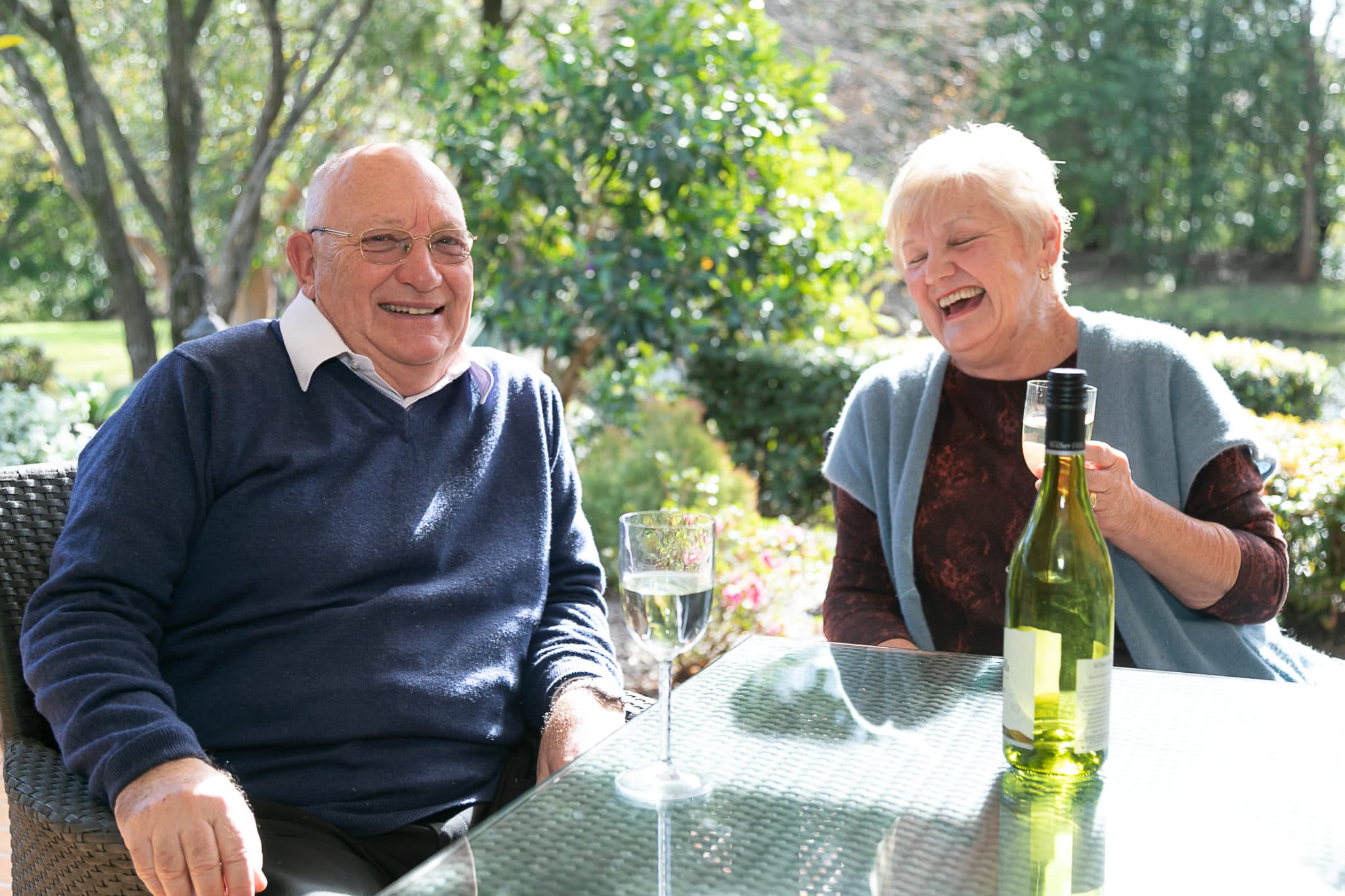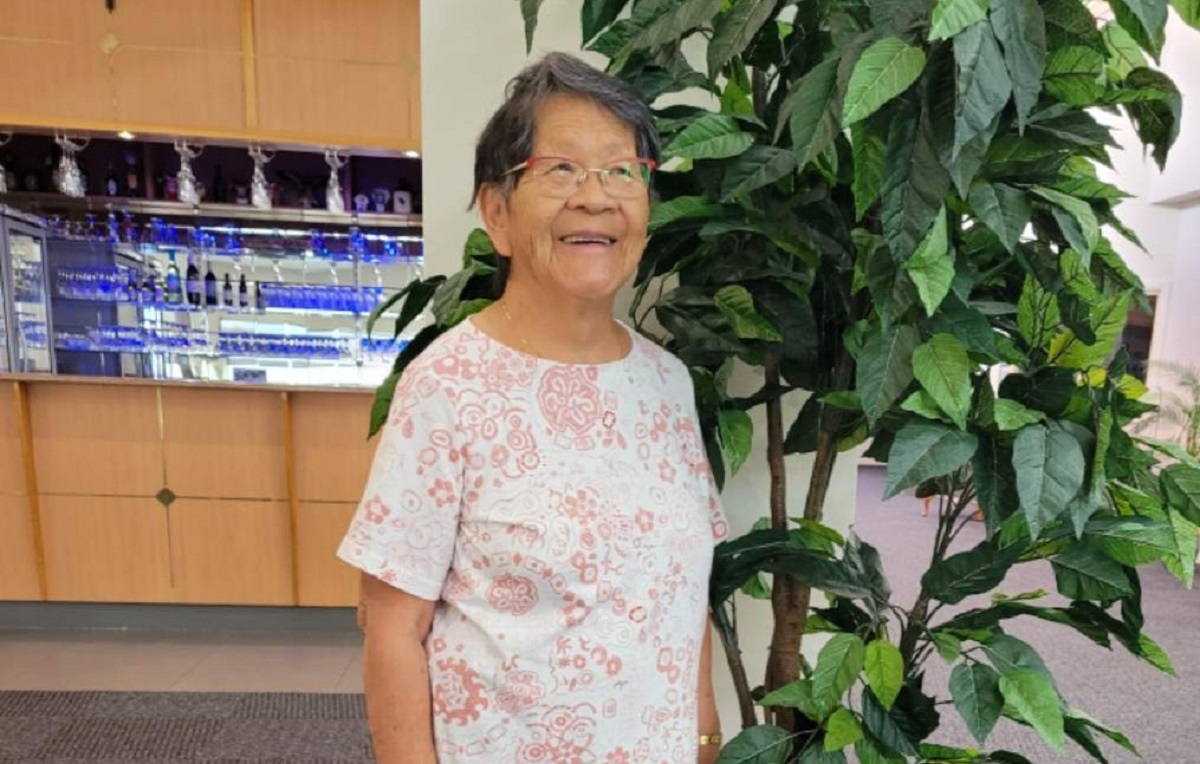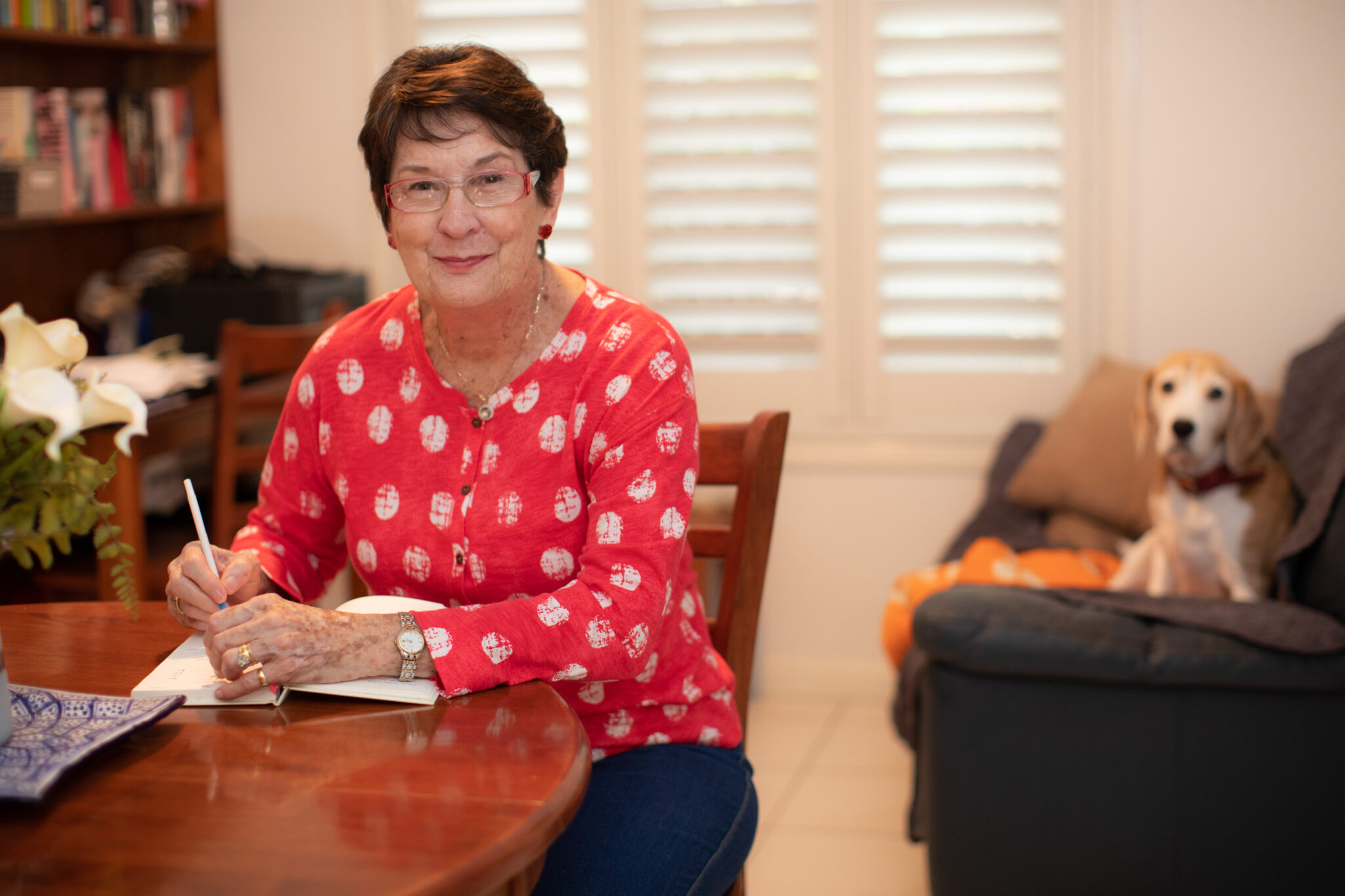Like any big decision, it is best made when you have all the information. To help you with your research we’ve summarised the five most popular types of retirement living in Australia to take some of the guesswork out of where to call home both now and in the future.
1. Staying in the family home
Staying in your family home ensures you stay in the neighbourhood you’re familiar with, close to the social networks you’ve built over many years.
It suits people who value their independence, love their surroundings and enjoy their established routines. It works best for those with strong family and social networks as loneliness and isolation is a higher risk for those ageing in their own home.
Considerations
- Repairs and maintenance: You will still need to coordinate your own home repairs and house and garden maintenance, so it’s worth thinking about how you’ll feel about this in the years to come. By the time Australians retire, many of them have lived in their homes for over 20 years, if this sounds like you, you should consider that the costs of maintaining older homes can be significant.
- Accessibility and safety: How well will you be able to navigate your home if your mobility is compromised? Being open-minded about home modifications is important to ensure that your home continues to be a safe place for you as you age.
A home can be full of fall hazards as well as other potential safety problems. Getting a home safety assessment for aging in place will give you peace of mind about this. It will also help you make an informed decision about what changes are needed to ensure your home is safe.
- Isolation: You could become lonely and isolated living alone if your mobility or activity is ever limited.
- Care and support: As the years go by, you may find you need help managing daily tasks and at some point, you may even need some level of nursing care. A great resource for understanding what options are available to you is the My Aged Care website.
2. Downsizing into an apartment or townhouse
Downsizing, or rightsizing as it is now popularly called, has many positives in retirement, not least having less space to maintain which frees up more time to do the things you enjoy most.
Moving into an apartment or townhouse generally offers as much security of tenure as a detached house, but they have smaller yards and lower upkeep costs, while still giving you privacy in balconies, courtyards and perhaps even a small garden.
Considerations
- Home modifications: Before moving in, consider making some minor modifications in preparation for the future. For example, installing hand rails in critical locations and making sure the hallways are wide enough to accommodate someone walking with a cane or a wheelchair user. Most townhouses are designed with stairs to maximise land use, so it pays to think about how long you’ll be happy with going up and down the stairs.
- Ownership: The titles for some units and townhouses may be different, and you will want to understand the term ‘strata title’. This title is a certificate of title for a lot, and a share of common property. It is worth the investment to get legal advice to assist you in reviewing the ‘strata scheme’ to ensure that you will own what you think you will own.
- Downsizing: With less space comes the task of deciding what to do with all the possessions that you’ve spent years accumulating. The prospect of sorting through a lifetime of possessions and memories can be overwhelming and can take on a negative connotation. This has a lot to do with how emotionally attached we can get to our possessions and the memories associated with those items. We’ve put together a list of handy downsizing tips to make the process a little easier. But there’s no denying it is a big task and it could take you a lot longer than you think, so tackling it early on and giving yourself plenty of time is key.
3. Retirement villages
Retirement villages are the most common and well-known retirement living option in Australia. A major feature of this style of retirement living is the sense of community, with residents creating an informal support network and social groups.
Retirement villages are especially popular with both singles and couples aged over 65 years who want more security and support while living independently. You can have an active social life and go travelling without worrying about day-to-day property maintenance or gardening needs that are taken care of by village staff.
Designed to provide safe and secure homes as we age, retirement villages should have no, or very few steps in the home (or the village), corridors and doorways are wider, bathrooms are adapted for mobility devices and each home is fitted out with a 24-hour emergency call button.
Considerations
- Choice: There are several different types of retirement village, and each offers a different range of accommodation choices from single family homes, townhouses, villas, and apartments.
Retirement villages also have a range of lifestyle facilities similar to resorts. Facilities range from gyms, heated indoor swimming pools and billiards rooms through to tennis courts, bowling greens, bocce courts and more. Many offer services such as cleaning and laundry services, and transportation as well as a diversity of sporting and social activities.
In many villages small pets are welcome and residents love inviting family and friends to visit.
With so much choice, it is important to educate yourself on what each village offers. Be sure to visit a number of them before making a decision.
- Costs and ownership: The vast majority of village homes are leased, meaning you do not own them, so just like buying an apartment or townhouse, it is important that you read your contract and seek independent advice to review the contract before you sign on the dotted line.
Having a complete understanding of upfront, ongoing and outgoing village costs is also important. One of the attributes of retirement villages that many people find attractive is the certainty it offers. From the day you move in, you will know the outgoing payment you will receive. In uncertain times, you may find it comforting to know where you stand financially. If that is you, a retirement village could be for you.
- Care and support: It’s important to consider how your care needs will be supported as you get older. Many retirement villages offer some form of onsite care, while others are co-located with an aged care home. While you may not need care now, you may in the future and the type of care and support provided in your retirement village will determine if you can remain living in your home or if you will need to move to a residential aged care facility.
4. Land lease communities
Also known as ‘over 55s lifestyle communities’, ‘manufactured home estates’ and ‘resort communities’, this living arrangement grew out of the caravan park industry and offers a gated estate were you buy the physical structure of your home and rent the land it sits on. In most estates, because of the caravan park heritage, your home is required to be manufactured off site, usually in a factory, and trucked in to its final location.
Land lease communities are targeted at younger retirees (50+) who are looking for affordable housing and want to spend their retirement surrounded by like-minded people.
Considerations:
- Contract: Each operator is free to develop their own contract for the rent and rental agreement contract covering the land. You should get legal advice as you will be placing your valuable home on their land with few options if you wish to depart.
- Costs and ownership: Most homes are ‘affordable’ and in nearly all cases you will buy a new home from the operator. However, the weekly fees are controlled by the operator and they can vary the fees as they wish – there are minimal controls.
Also, while the manufactured home will be your own, you don’t own the land your home is positioned on and will be required to pay rent for this land. This rent can be increased by the park owner and there is no guarantee that the park owner will operate the park indefinitely which may require you to remove your home and vacate the land.
- Care needs and aging in place: Unlike retirement villages and residential aged care, there is no requirement for land lease communities to be age friendly, so you need to consider your accessibility and mobility if things change later in life. Land lease communities also do not offer any care, but you can arrange for home care services to be delivered into your home.
5. Aged care
Deciding whether to go into, or put a loved one into, residential aged care is one of the toughest decisions a person could make. If you find yourself facing this choice, consider the following pros and cons of nursing homes:
Residential aged care facilities, also known as aged care or nursing homes, are a live-in option for people requiring full-time care. Most aged care facilities focus on clinical-based care for older Australians who are unable to live independently in their own homes.
Considerations:
- Quality of care: Nursing homes are evaluated and these reports are available through Medicare. Do your homework and read the reports about the homes you are considering so you can be sure that you or your loved one will be staying in a safe home that delivers high quality care.
- Proximity of partner/ family: You may have to travel lengthy distances to visit your loved one if there isn’t a nursing facility near your home. And, unlike other retirement living options, partners don’t get to share apartments or rooms in an aged care facility.
- Social activities and community: Residential aged care facilities provide differing levels of social activities and social connection. A sense of community is important at all ages and stages of retirement, so finding out what’s on offer and getting a sense of the community will be important.
Every person’s situation is unique and you will know what is right for you. The key is to think about your preferences and set a plan that suits you and takes into account what is important to you. Don’t shy away from factoring in the unknown by building in contingencies and share your plan with loved ones that might be responsible for your care in later life.





